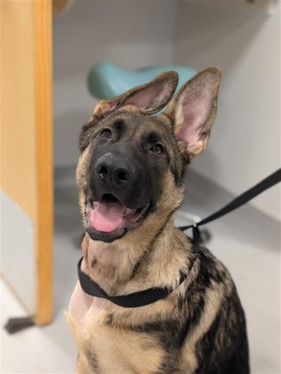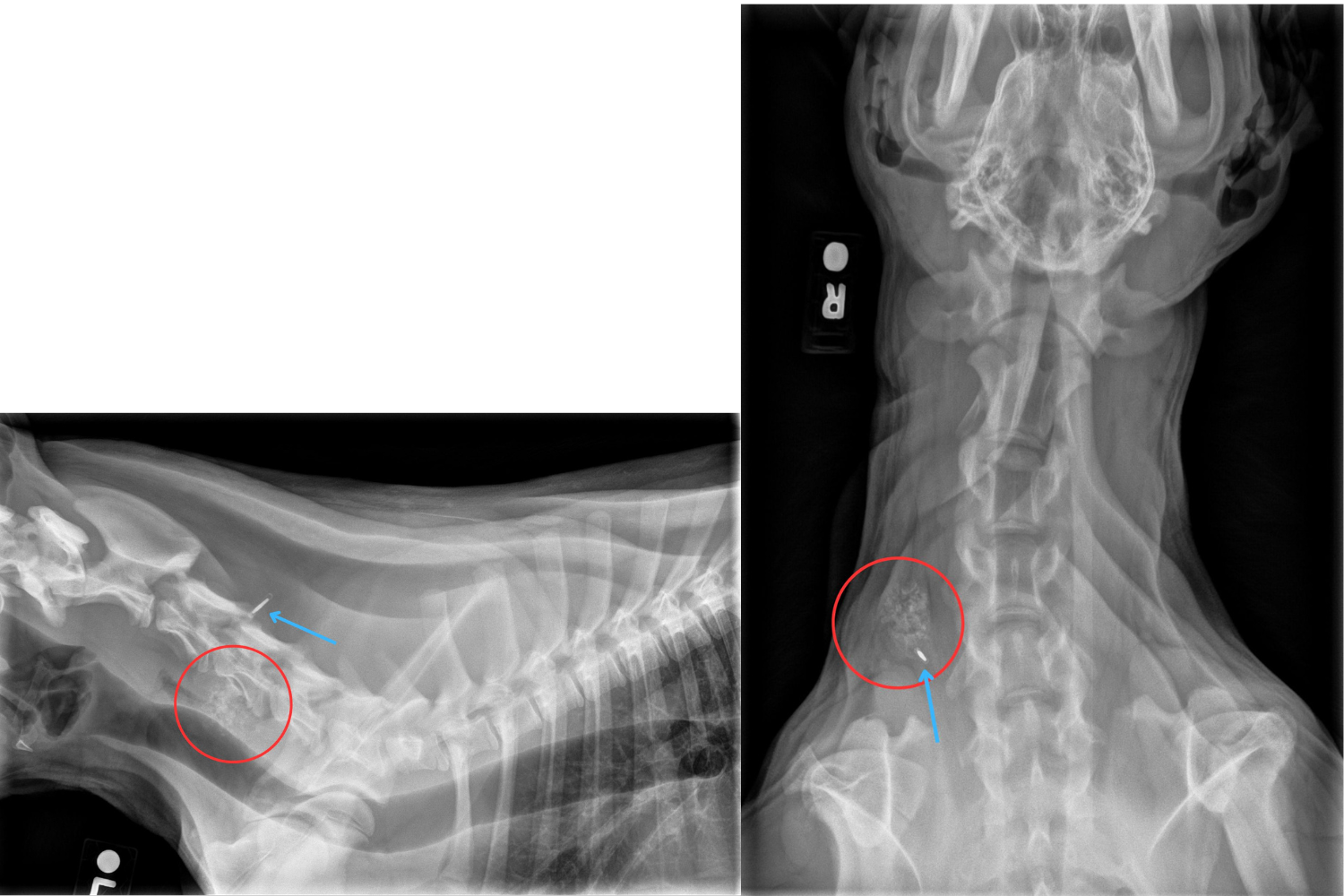The Perils of Puppyhood

Jenn and her family were ready to welcome a new dog into their lives. After saying goodbye to their beloved Great Dane, Moose, who fought bravely against lymphoma, they knew they were ready to open their home to another family member. After thoughtful research into breeds and breeders, they found Thor, an energetic German Shepherd puppy, who joined the family in late May.
Thor’s first months were filled with all the typical puppy milestones: routine vet visits for vaccines and parasite prevention, plenty of socialization, and lots of training. Jenn and her family also took an important extra step to protect his health — they signed him up for pet insurance right away.

Thor quickly grew into a lanky, playful companion and was settling in great with his new family. One day, Jenn noticed something unusual — a lump on the side of Thor’s neck. It didn’t seem painful, and Thor was acting like his usual happy self, with no known trauma beyond the typical bumps a clumsy puppy might experience. Jenn kept a close eye on it, and when the lump didn’t go away, she brought him in to L&L Animal Urgent Care to be examined.
Upon examination, Thor was found to have a firm, non-movable mass on the right side of his neck. Due to its location and presentation, radiographs (X-rays) were recommended to get a clearer picture. Thanks to Jenn’s hard work on Thor’s training and handling, he lay perfectly still like a pro for the images to be taken.
On the radiographs, a calcified mass was visible (highlighted with a red circle) and his microchip could also be seen (marked with a blue arrow). The microchip was unrelated to the mass, but it was a great reminder of why multiple views are so important when taking X-rays.

Given Thor’s young age, breed, and the appearance of the mass, the veterinarian suspected it to be a type of abnormal calcium deposit called calcinosis circumscripta. Since the mass was unlikely to yield useful results from a needle sample due to the calcification, the next step was a consultation with a board-certified veterinary surgeon to have it removed and sent to a pathologist.
Thor saw a local surgical specialist, who agreed that surgery was the best option, and the surgery was performed the very next day. The procedure lasted over two hours because the mass was attached to the vertebrae in Thor’s neck and surrounded by delicate nerves. The surgeon carefully dissected the nerves away from the mass before removing the growth entirely. The mass was sent to a pathologist for analysis, and Thor was able to go home the same day to recover with his family.
A week later, the results were in and confirmed the suspected diagnosis: calcinosis circumscripta. In most cases, surgical removal is curative, but there is a chance of regrowth. The exact cause of these calcium deposits isn’t fully understood, but without surgery, they can grow larger and cause pain, infection, or mobility problems.
Jenn and her family were relieved — and very grateful — to have had pet insurance for Thor. It made it possible to pursue all the necessary diagnostics and advanced specialty surgery without the added burden of financial stress.
Thor is now back to his bouncy and happy self. He is a perfect reminder that close owner monitoring, early veterinary intervention, and planning ahead with pet insurance can make all the difference.




.png)














